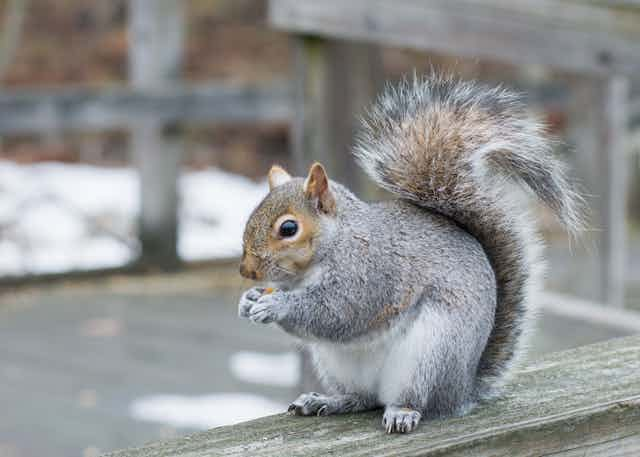It’s illegal in the UK for anyone to release grey squirrels into the wild from December 2019. This means that wildlife rescue centres in England which previously took in, rehabilitated and released wild grey squirrels, will instead have to kill them, on both practical and ethical grounds.
The campaign against grey squirrels is justified by the UK government, which insists that grey squirrels threaten native wildlife and harm the economy. The cost to UK forestry is estimated to be £10 million per year, including damage to timber caused by the grey squirrel’s habit of stripping bark from trees. But that cost also includes money spent on controlling grey squirrels, and there is no link between how much is spent on controlling their numbers and reducing damage to trees. So killing grey squirrels is not necessarily money well spent.
There are also glaring contradictions in what is considered invasive and what needs to be controlled. There are 11 million pet cats in the UK, which kill about 27 million wild birds each year and around 92 million wild prey in total.
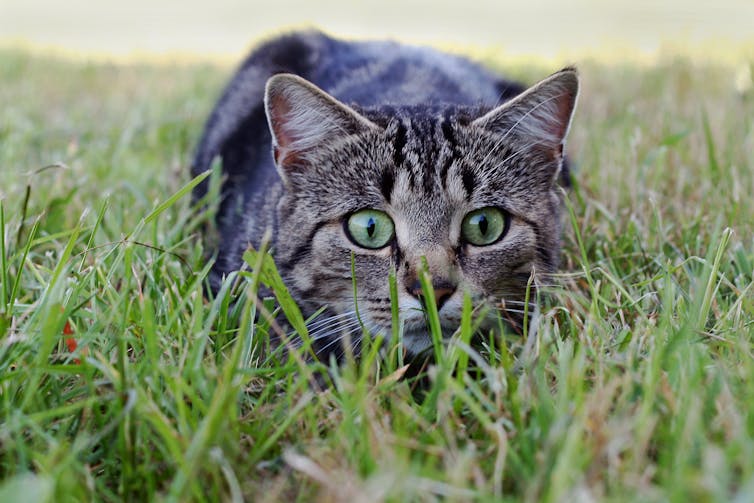
It’s often argued that killing grey squirrels is justified as they predate bird nests. They do, and so do red squirrels. But there is scant evidence that squirrels have a significant impact on songbirds. While domestic and feral cats decimate songbird populations, they’re unlikely to be targeted for culls any time soon.
Why is it acceptable for animal shelters to rescue an invasive alien species, the domestic cat, and for the public to allow them to roam free, but unacceptable for wildlife rescue centres to help and release a few grey squirrels?
Read more: In defence of the grey squirrel, Britain's most unpopular invader
No game for wildlife
On an even greater scale, the game bird industry releases millions of non-native birds – 35 million pheasants and six-and-a-half million red-legged partridges – into the British countryside each year, to be shot for sport. The total mass of pheasants released annually exceeds that of the entire breeding population of native birds.
There’s evidence that pheasants affect local plant communities by increasing the area of bare ground and changing the soil chemistry. They’re also significant predators of native adders, a species of major conservation concern, and the extremely rare sand lizard. Pheasants also cause around a million road accidents each year. When grey squirrels are singled out for strict release control on the EU hit list of Invasive Alien Species, why aren’t pheasants?
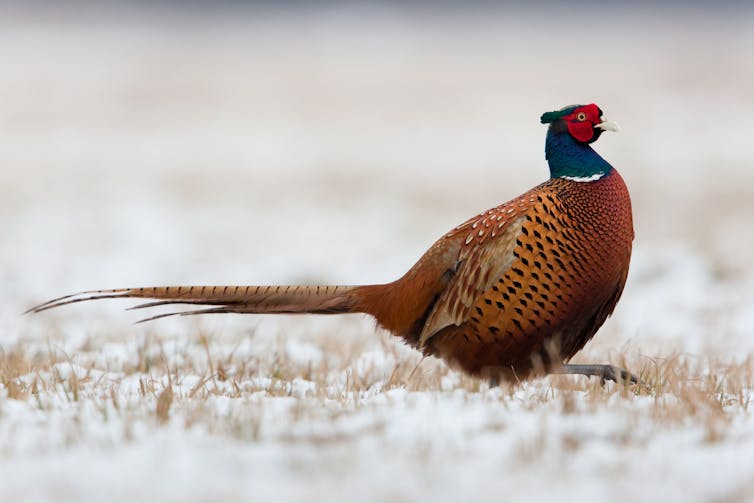
Many of the UK’s native predators are killed to maximise the density of game birds for hunters to shoot. Snares can be legally used to kill foxes and dogs can be legally used to flush foxes out of cover to be shot. Stoats and weasels can be killed in snap traps. Bird traps used under general licence capture and kill corvids and gulls.
Compared to the 11 million domestic cats and more than 40 million non-native game birds, there are only an estimated 2.5 million grey squirrels living in the UK, and 700 are taken into captivity each year. The environmental impact of releasing a handful of grey squirrels – particularly in areas where red squirrels are absent – is likely negligible.
Alternatives to culling
Should the UK commit to the relentless killing of grey squirrels in perpetuity? Too often the default response to a “problem” animal is simply to kill it. But just about everybody accepts the impossibility of eradicating grey squirrels. The only successful local eradication happened in Anglesey in Wales, where 9,597 grey squirrels were killed at a cost of £1,019,000 – that’s £106.18 per squirrel, and it took 16 years.
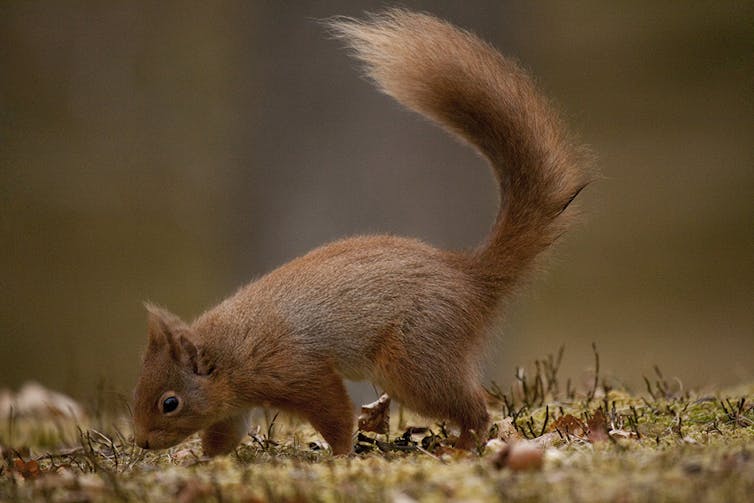
I would recommend alternative methods to limit grey squirrels, and to encourage natural processes that can set a new ecological balance. These alternatives to trapping and shooting include developing oral contraceptives to prevent grey squirrels reproducing and managing woodlands to benefit reds over greys, by planting more conifer trees and allowing pine martens to return.
Research continues to develop a squirrel pox vaccine that would inoculate red squirrels against the disease that greys carry. An area-specific licensing system could also be maintained, whereby rescue centre greys are only released in areas with no red squirrels and no commercial forestry concerns.
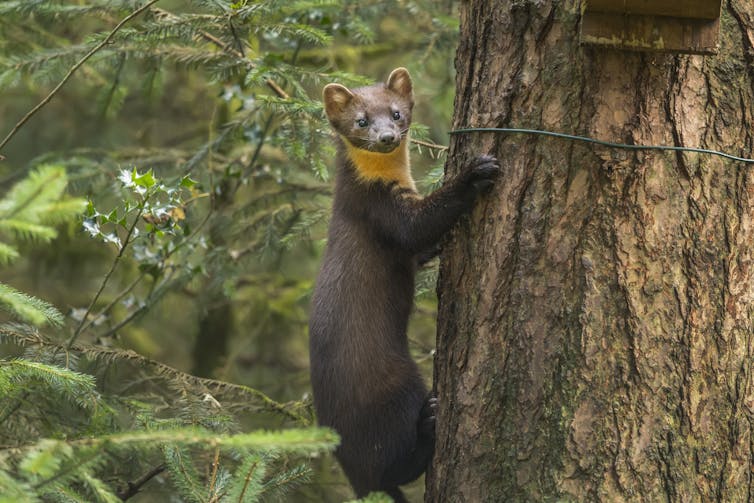
Elsewhere, it might make little sense for wildlife rescue centres to put time, effort and money into caring for animals that, upon release, would be targeted by a cull. But the point of rescue centres isn’t principally conservation, it’s about animal welfare and well-being. Too often, when an animal is referred to as a pest or an invasive species, any concerns for their welfare go out the window.
In the meantime, my advice to the public is to leave injured or orphaned grey squirrels be. They are better off taking their chances in the wild.

